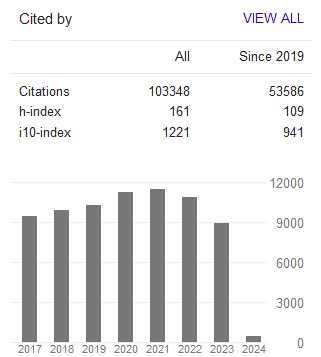The Influence of Alliance Innovation Network Structure upon Enterprise Innovation: A Case Study of China’s Energy-Saving and Environment-protection Industry
- Meng Xu
Abstract
The Energy-saving and environment-protection industry, an important strategic and emerging industry in China, will develop into a pillar industry. In view of global climate change, environmental pollution, resource depletion and the defects and deficiencies in traditional technology, technology and product innovation constitute the lifeline of energy-saving and environment-protection industry. The alliance network of enterprises will influence, stimulate, and regulate enterprise innovation greatly. A comprehensive analysis of alliance data of China's energy-saving and environment-protection industry from 2000 to 2013 by using Ucinet software can reveal the network structure parameters such as degree, clique number, average path length, clustering coefficient, and betweenness centrality, which reflects different types of enterprise networks and different positions of enterprises in different types of networks. A negative regression analysis of enterprise patent data and network structure parameters by using Stata software can make some conclusions that the influences of network characteristics on enterprise innovation reach the maximum in the second year of the window period end, that innovation accumulation, clustering coefficient, betweenness centrality are related to the enterprise innovation, that clique number, network density are negatively related to the enterprise innovation, and that there is an inverted U relationship between average path length and enterprise innovation. It is suggested to increase the accumulation level of innovation, appropriately control the network density, reduce the average path length, improve the betweenness centrality and clustering coefficient of enterprises, so as to improve the overall innovation level.
- Full Text:
 PDF
PDF
- DOI:10.5539/ijbm.v13n2p208
Journal Metrics
Google-based Impact Factor (2023): 0.86
h-index(2023): 152
i10-index(2023): 1168

Index
- Academic Journals Database
- AIDEA list (Italian Academy of Business Administration)
- ANVUR (Italian National Agency for the Evaluation of Universities and Research Institutes)
- Berkeley Library
- CNKI Scholar
- COPAC
- EBSCOhost
- Electronic Journals Library
- Elektronische Zeitschriftenbibliothek (EZB)
- EuroPub Database
- Excellence in Research for Australia (ERA)
- Genamics JournalSeek
- GETIT@YALE (Yale University Library)
- IBZ Online
- JournalTOCs
- Library and Archives Canada
- LOCKSS
- MIAR
- National Library of Australia
- Norwegian Centre for Research Data (NSD)
- PKP Open Archives Harvester
- Publons
- Qualis/CAPES
- RePEc
- ROAD
- Scilit
- SHERPA/RoMEO
- Standard Periodical Directory
- Universe Digital Library
- UoS Library
- WorldCat
- ZBW-German National Library of Economics
Contact
- Stephen LeeEditorial Assistant
- ijbm@ccsenet.org
